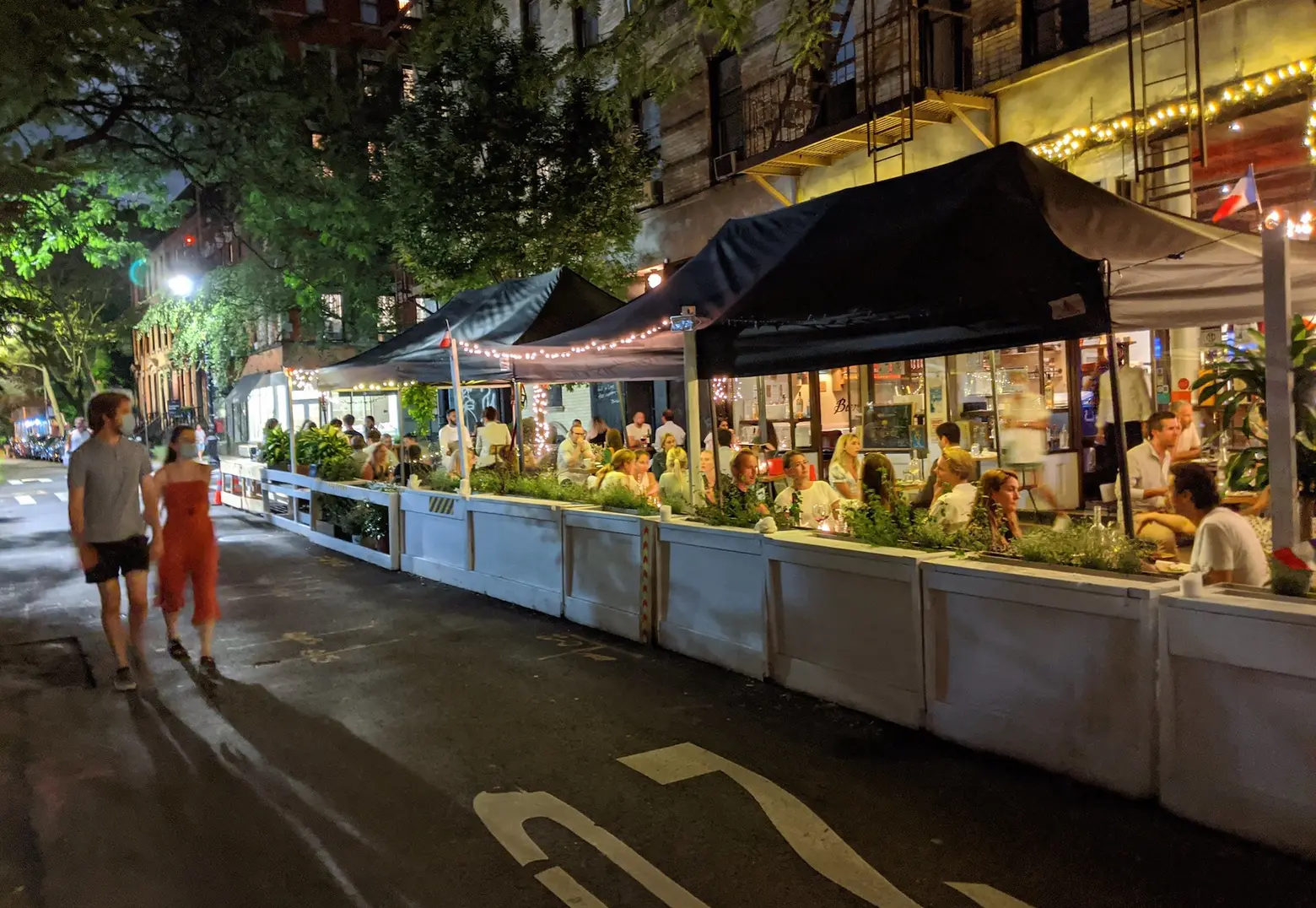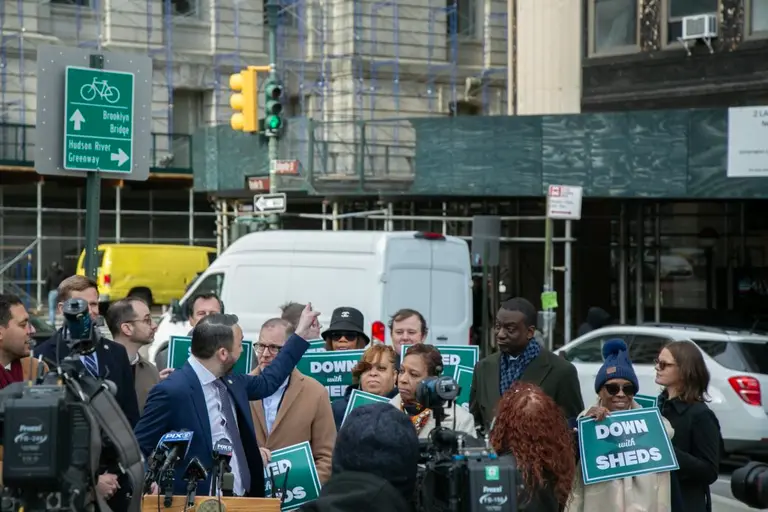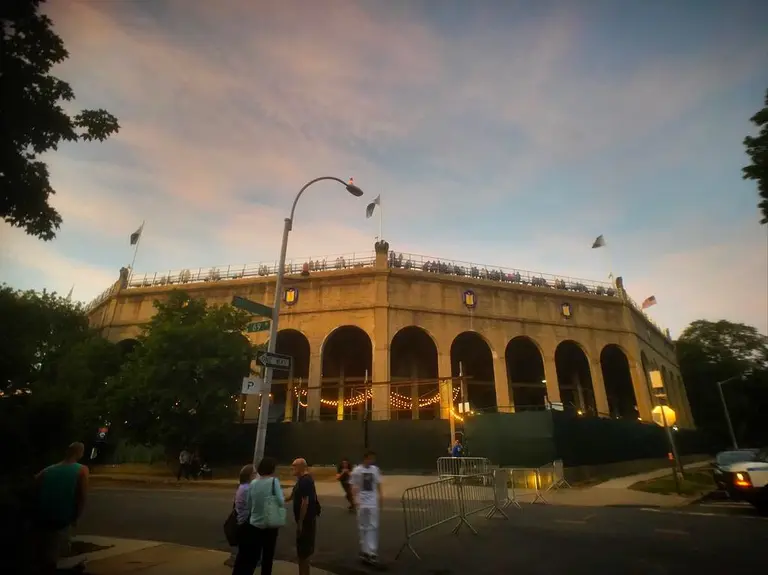NYC makes outdoor dining permanent, lifts ban on propane heaters at restaurants

Photo by Eden, Janine and Jim on Flickr
The New York City Council on Thursday voted to make outdoor dining permanent and year-round and lifted the ban on portable propane heaters. The legislation approved by the Council extends the city’s current Open Restaurants program, in which more than 10,500 restaurants have enrolled since June, until September 30, 2021, and requires it to be replaced with a permanent program. Under the program, restaurants will also be able to use portable propane heaters, which were previously banned.
“New York City’s outdoor dining program has been a remarkable success,” Council Member Antonio Reynoso, who sponsored the legislation, said in a press release. “Now, by making outdoor dining permanent and allowing for the use of outdoor heating lamps, my bill will allow for the continuation of the program into the colder months. This is a huge win for the restaurant industry and its workers, diners, and the morale of residents.”
Mayor Bill de Blasio first announced last month support for making permanent the Open Restaurants program, which allows restaurants to set up seating on sidewalks, patios, and some streets closed to traffic, calling outdoor dining “part of the life of the city for years to come,” during an interview on WNYC’s The Brian Lehrer Show.
The mayor’s office, Department of Buildings, Department of Transportation, and the Fire Department this week released guidance for keeping diners warm while eating outside during the colder months. According to the guidance, restaurants can use electric radiant heaters on sidewalks and street seating, but natural gas radiant heaters and portable propane heaters can only be used on sidewalks. Propane heater use will be regulated by the FDNY and restaurants must complete a compliance form and be approved by the department.
Restaurants can also use tents to keep diners warm. Partial tent enclosures must have at least 50 percent of the tent’s side wall open, with electrical heaters allowed. For full tent enclosures, the side walls can be closed but capacity will be capped at 25 percent, with indoor dining rules enforced.
“These guidelines are designed to keep diners, employees, and pedestrians safe and healthy – and we look forward to giving New Yorkers more chances than ever to enjoy the outdoors year-round,” de Blasio said in a statement. “Restaurants make New York City the greatest city in the world, and we’re proud to support their continued recovery from this crisis.”
Permanent, year-round outdoor dining will help the struggling industry recover as the city continues to fight to control the spread of the coronavirus. A report released by the NYC Hospitality Alliance last month found that in a survey of more than 450 city restaurants, about 87 percent could not pay full rent in August and 34 percent were unable to pay at all.
And while indoor dining resumed on September 30 in the city, the 25 percent capacity limit makes it difficult for restaurants to do any business, especially those, like the Grand Central Oyster Bar, that do not have any outdoor space to serve diners.
Gov. Andrew Cuomo has said capacity at restaurants could increase to 50 percent as early as November if the city’s positive infection rate remains low. While neighborhoods in Queens and Brooklyn have been shut down because of a surge in new coronavirus cases, the citywide rate of transmission remains below two percent.
“We commend the City Council for passing legislation extending the critically important, temporary outdoor dining program for one year and allowing the use of heat lamps to keep customers warm during the colder months,” Andrew Rigie, executive director of the NYC Hospitality Alliance, said.
“Outdoor dining has been monumental to reviving thousands of struggling restaurants able to avail themselves of the program, protecting jobs, and returning a sense of vibrancy to our neighborhoods. Although outdoor dining has been overwhelmingly successful, the city’s restaurant industry is still on life support and its survival depends on safely expanding indoor dining occupancy to 50% soon, and the federal government immediately passing The Restaurants Act.”
RELATED:




























